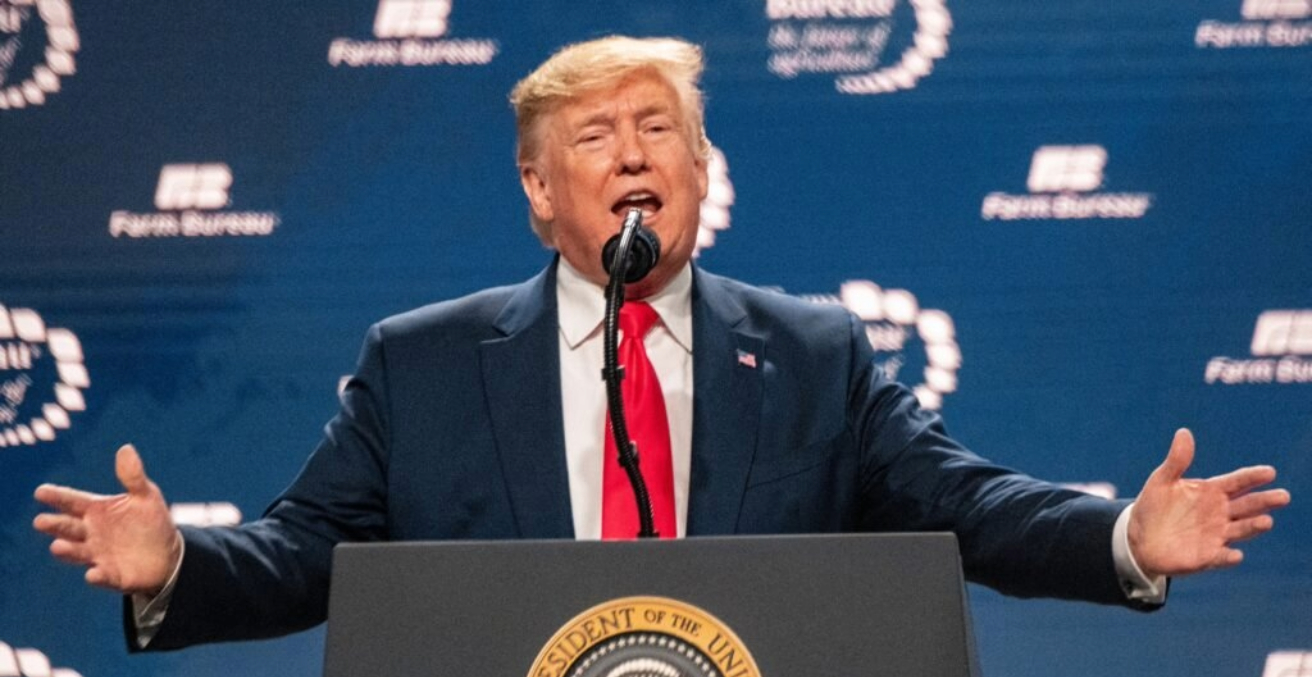In this thought-provoking book Yasheng Huang seeks to explain the unique stability of the Chinese political system over 1500 years and the consequent consolidation of authoritarian rule under Xi Jinping. He reveals the power of the Chinese examination system in shaping authoritarian and bureaucratic values in ancient and contemporary China.
The Confucius classic goes: “He who excels in study can follow a government career (学而优则仕).” In this thought-provoking book, Yasheng Huang reveals the power of the Chinese examination system in shaping authoritarian and bureaucratic values in ancient and contemporary China. The book presents a mixture of history and social science analysis. It seeks to explain the unique stability of the Chinese political system over 1500 years and the consequent consolidation of authoritarian rule under President Xi Jinping. For Huang, the crucial component has been the development of norms and ideas reinforcing centralised rule (both imperil and now under Xi) while undermining Chinese civil society and preventing the rise of potential autonomous power centres and stakeholders.
In imperial China, Huang focuses on the seminal role of the Keju examination system and the role of imperial institutions and social values. These examinations have long been a part of the Chinese national narrative and myth. Huang, like many scholars, argues that the Keju system was fundamental to the creation of a meritocratic bureaucracy dedicated to imperial power, which underpinned stability from the Sui dynasty (581–618) through to the end of imperial era in 1911. Its selection process enabled non-aristocratic individuals to advance into government, creating an institutional structure and governance process that impacted societal norms which in turn facilitated authoritarian rule.
After the 1949 revolution these values, joined with Chinese Communist Party (CCP) ideology and organisational prowess, led to a subsequent decline of liberal values and social capital. This outcome contributed to the establishment of a “Shackled Society” where independent hierarchies, such as organised religion, universities, businesses, voluntary organisations or charities, do not and cannot “compete with and constrain the state” because they “lack legitimacy, status or wherewithal to challenge the state.” Thus China is a “state without a society,” which enables the Party to exercise authority over all aspects of social life while concentrating power in the hands of a few individuals without institutional constraints.
One difficulty with theory-driven historical analysis, particularly quantitative historical analysis, is that it tends to focus on one or two measurable elements, either as a heuristic or a causal mechanism. When doing so researchers can privilege causal paramountcy to a limited number of variables. In these circumstances, the contingency and impact of other historical causes or explanations can be undervalued or ignored in the historical narrative. Huang, who focuses on four elements (Exams, Autocracy, Stability, and Technology) to explain the exceptionalism of Chinese governance and CCP control of contemporary Chinese society avoids this trap of over-explanation, but nevertheless tends to over-explain the trajectory of Chinese society and governance. History is not so clean; nor are the theoretical frameworks or the variables immune from bias (normative or methodological) or historiographical contention. For example, it is clear that Huang thinks the general normative state of Chinese society (inherited from the successful imperial dynasties) was not particularly impacted by economic and political developments through the colonial era and the tumultuous 20th century. The chaos of 19th century European colonialism in China, the economic, social and political issues associated with the decaying Qing dynasty, the Revolution of 1910, the rise of Japan and the Sino-Japanese War, the 1949 Communist victory under Mao Zedong, and the subsequent Cultural Revolution and Opening-up are simply a recrudescence of subliminal disposition and historical teleology in favour of authoritarianism. This reversion to an authoritarian “mean” is also evident in failed attempts to democratise in the 1980s and Xi’s consolidation of power.
Yet, Huang is too astute an observer of Chinese politics to completely fall into his own neat narrative. First, his application of social and economic theory to explain Communist rule or the post-1978 Chinese economy is illuminating, extending the literature in new ways. For example, his discussion of the modern Chinese economy as analogous to an M-Form corporation explains the persistent puzzles western observers have with Chinese economic policy and politics. On the one hand, China has been able to maintain high levels of growth for decades. Yet by pointing out that Chinese growth was regionally “autarkic,” it is unsurprising that cross-regional integration was devalued relative to international economic exchanges. High economic and developmental variation among regions makes more sense as a matter of policy – as is the growing importance of regional officials in the higher echelons of the CCP. At the same time, western policy-makers have been taken aback by the laser-focus on growth to the detriment of other social, economic or governance values such as environmental protection. Nevertheless, this emphasis on GDP as a performance measure is not only a relatively easy metric to evaluate but is also viewed as a better alternative than previous “performance” measures the CCP has pursued, such as class struggles, mass campaigns, and loyalty to the leader. For Huang, rather than creating detrimental externalities in the political economy, an emphasis on GDP by the CCP “has a moderating effect on Chinese politics.” His discussion of the CCP from an organisational economic perspective, despite being reductionist, provides a good political economy explanation of CCP’s organisational incentives. These incentives, and Huang’s analogising of CCP governance structures to private corporate structures, explains many economic and political developments over the past several decades.
Second, it is evident that Huang has a deep understanding of Chinese governance and the personalities involved at the highest levels of the CCP. This discussion is not theory-driven. Rather it is a historically sensitive narrative that explains both the defeat of those intent on liberalising economic and political institutions while explaining the basis for the increased authoritarianism of Xi’s regime. His discussion of the leadership between the 1980s Reformers, such as Zhao Ziyang, and the more ideological or conservative members of the CCP leadership, such as Chen Yun, provides new insights into how pivotable the decade was – and how the Tiananmen crackdown ushered in a new and more authoritarian leadership with an increasing developmental focus on the coastal areas. Indeed, Huang writes about how in an effort to secure the authority of newly installed Jiang Zemin, Deng Xiaoping abolished the Central Advisory Commission that was staffed by retired revolutionary elders. The action eliminated any subsequent check on future leadership because it removed an “institutional base from which the elders could interfere with the frontline management of state affairs,” thus undermining collective leadership and institutional governance. This started the slide toward a new post-Mao personalistic rule under Xi. If history is any guide, this embrace of personalistic rule will likely lead to policy inconsistency, mishaps and paralysis.
This book is a good example of how social sciences and historical investigations can provide useful insights into governance, economics, and politics that a less interdisciplinary approach would miss. While the book is sanguine about the strength and resilience of the Chinese system, Huang also argues that the system is under stress and that current developments have taken it outside the scope of his “East” framework. To return to a more “stable” and “balanced” governance, Huang argues for increased political openness in the Chinese political system and an embrace of various western values – free speech and debate – to enable Chinese society to evaluate its own strengths and weakness. Yet this call for openness is not a call for more liberal values or individual rights. Rather, it is accompanied by a continued acceptance that China’s historical trajectory remains firmly fixed between “authoritarianism” and “bad-authoritarianism.” To this extent, Huang remains trapped in his version of Chinese history.
This is a review of Yasheng Huang’s The Rise and Fall of the EAST: How Exams, Autocracy, Stability, and Technology Brought China Success, and Why They Might Lead to Its Decline (New Haven, Connecticut: Yale University Press, 2023). hardcover, ISBN: 9780300266368
Dr Xiang Gao is a Senior Lecturer and the Discipline Convenor of Political and International Studies at the University of New England.
This article is published under a Creative Commons Licence and may be republished with attribution.




